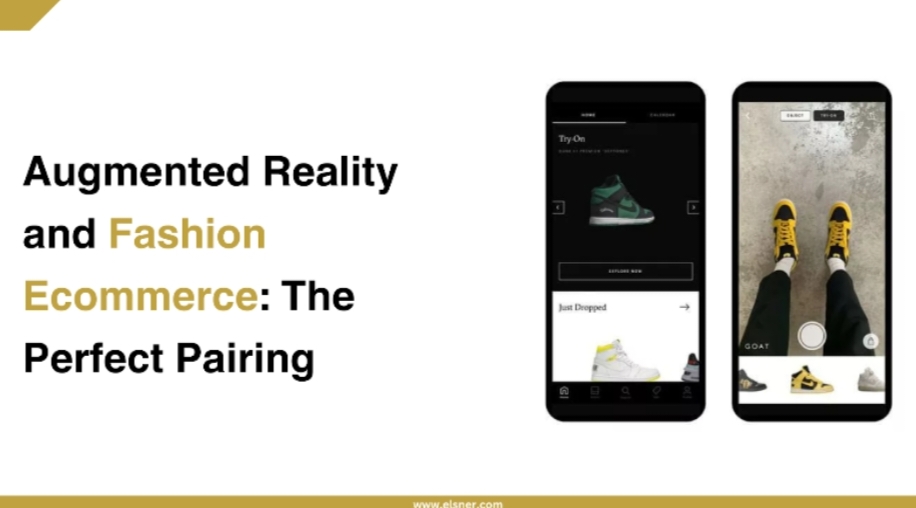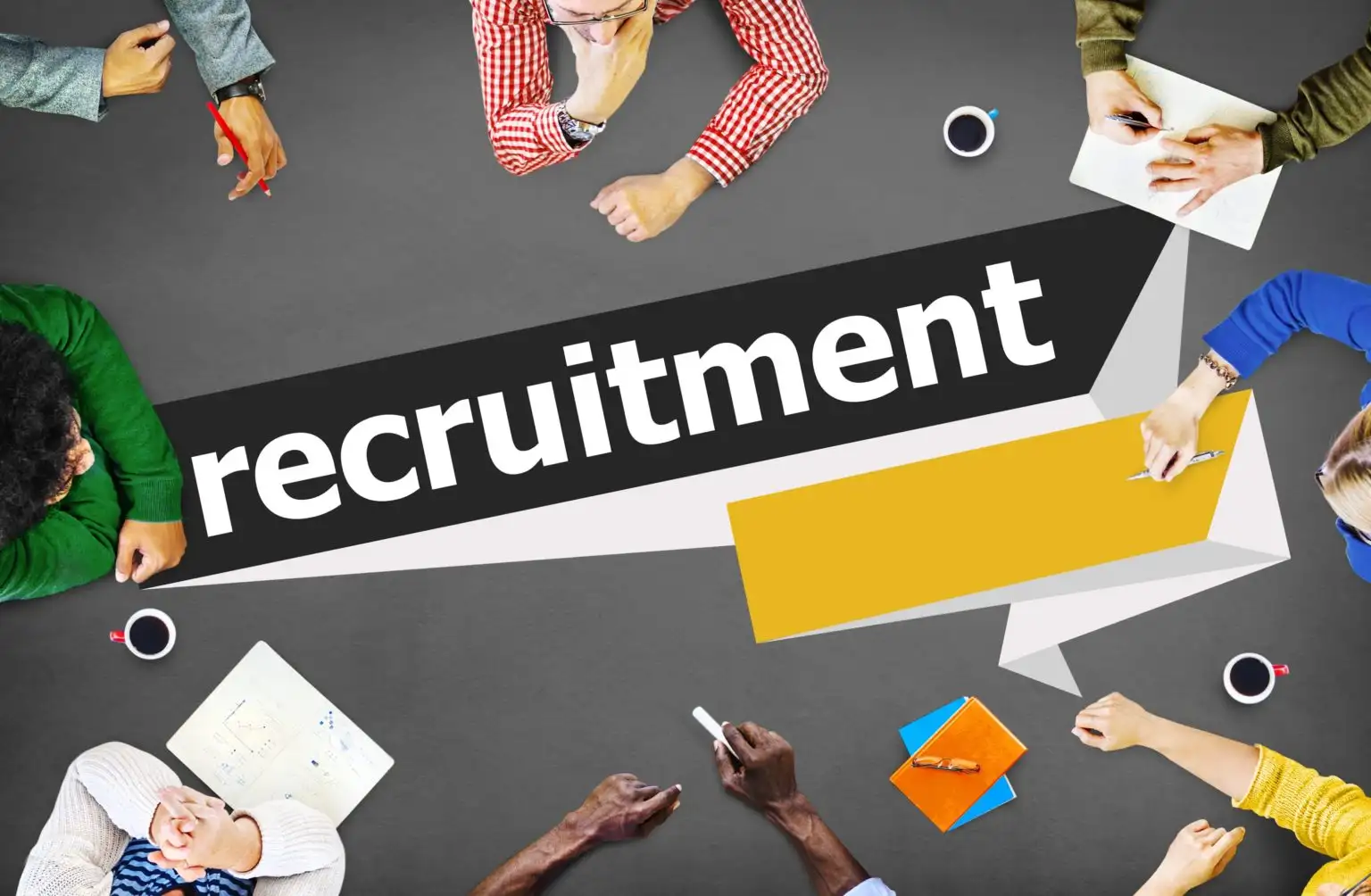Are you planning to choose fashion Ecommerce website development solutions? If yes, you must learn about how AR plays a key role in fashion Ecommerce. As immersive technologies like augmented reality are projected to boost global GDP by $1.5 trillion by 2030 (PWC), their potential in revolutionizing fashion Ecommerce is immense. Currently, only 1% of retailers are leveraging these technologies, yet with AR market growth expected to reach $198 billion by 2025 (Statista), fashion brands have a unique opportunity to lead this digital revolution.
Here, in this detailed guide, we are going to dig into details about augmented reality and fashion ecommerce. So, go through this before you opt for the best fashion Ecommerce website development services:
Augmented Reality (AR) vs. Virtual Reality (VR) in Fashion: What are the Differences?
| Aspect | Augmented Reality (AR) in Fashion | Virtual Reality (VR) in Fashion |
| Definition | Enhances the real-world shopping experience with digital overlays | Creates immersive, entirely virtual fashion environments |
| User Experience | Users see and interact with virtual clothing and accessories overlaid on their real-world image | Users are immersed in a virtual fashion store or runway show |
| Shopping Experience | Virtual try-ons, interactive mirrors, and AR apps for home try-on | Virtual fashion shows, virtual shopping malls, and showrooms |
| Technology Requirements | Smartphones, tablets, AR glasses, and smart mirrors | VR headsets and compatible devices |
| Interaction | Combines real and virtual worlds, allowing users to try on items virtually while being in a physical store or at home | Fully virtual, users navigate and interact within a virtual store or fashion show environment |
| Convenience | Users can try on clothes virtually from home or in-store without changing physically | Users experience fashion events and shopping from a fully virtual perspective, often from their home |
| Personalization | AR apps can recommend styles and fits based on users’ physical features | VR can offer personalized virtual shopping experiences and custom avatars |
| Application Examples | AR apps for virtual try-ons (e.g., Sephora, Zara), AR mirrors in stores | Virtual fashion shows by brands like Balenciaga, virtual stores by Tommy Hilfiger |
| Social Media Integration | AR filters for fashion on platforms like Instagram and Snapchat | VR fashion experiences shared on social media platforms or live-streamed |
| Marketing and Engagement | Interactive AR ads and campaigns | Immersive VR brand experiences and virtual pop-up shops |
| Customer Feedback | Real-time feedback and reviews through AR apps | Feedback through virtual interactions and VR experiences |
| Cost and Accessibility | Generally lower cost and higher accessibility due to smartphone compatibility | Higher cost and lower accessibility due to specialized hardware needs |
| Industry Adoption | Widely adopted for try-ons, ads, and in-store experiences | Emerging adoption for high-end and tech-forward brands |
AR in Fashion: Crafting the Leading Augmented Reality Clothing Experience
Brands operating in different sectors are involved in carrying out experimentation with AR in retail. There are a number of innovative ways to carry out this. For instance, Walmart utilizes AR to expedite the movement of items from the backroom to the shop floors. Another leading brand Pull & Bear has introduced an augmented mobile game to captivate potential customers. In the fashion industry, however, virtual clothing shows the greatest potential. As per Rebecca Minkoff, 3D integration is known for making customers 44 percent more likely to complete a purchase.
- Implementing augmented reality fashion Ecommerce provides a great way for customers to explore a brand’s product range. It works by transforming simple product catalogs into appealing 3D experiences. Customers can leverage their smartphones to view a 2D image, which then reveals a realistic 3D representation in front of them.
- Retailers can further push this technology by introducing AR try-on solutions. It lets consumers virtually “wear” these garments. With a camera-equipped device, AR clothing try-on technology can project a realistic 3D representation of a product onto the customer’s body.
If you are having a tough time integrating this technology, you can partner with a reputed agency, specializing in SEO strategies for fashion Ecommerce. It will ensure your website attracts and retains customers effectively.
- Virtual fashion and try-ons engage online shoppers by offering a better look at a product than 2D images can. Thus, it persuades them to make purchases.
- Additionally, clothes try-on technology can revolutionize the in-store experience. Leveraging magic mirror technology, customers can try on products in various styles and colors options without physically changing. These offer busy shoppers a streamlined and convenient in-store experience.
So, while choosing Ecommerce website development services, you should make sure that they know how to integrate AR to a site.
Augmented Reality Shopping Experiences: Essential for Fashion Retailers
By implementing augmented reality in Ecommerce, consumers are able to make more informed buying decisions and that too with ease. It, in turn, will lead to a boost in customer loyalty, more engagement, and higher conversion rates for retailers.
-
Conversions
As per Littledata, the average conversion rate for online fashion stores is just 1.8 percent, while brick-and-mortar stores see an estimated 20 to 40 percent conversion rate. AR is known to be highly potent to bridge this gap by making the in-store experience virtual. It lets customers view and establish interaction with realistic virtual product models through their smartphones.
With 62 percent of shoppers who have employed virtual try-on technology reporting that it persuades them to complete a purchase, AR could considerably boost online conversion rates. So, incorporating AR into your Ecommerce strategy is a crucial aspect of effective Ecommerce development. In turn, it helps brands to enhance user experience and drive higher sales.
-
Engagement
The longer a visitor stays on an Ecommerce site, the more likely they are to make a purchase. AR is known for offering an engaging and innovative way for customers to explore products. It keeps them interested for prolonged periods. As per Threekit, AR can boost customer engagement by 2.7 times. So, it results in higher conversion rates, additional purchases, and a greater likelihood of turning new clients into repeat customers.
-
Loyalty
Augmented Reality or AR enables retailers to create a seamless and reliable customer journey. Research indicates that by addressing customer pain points with AR, there can be a significant positive impact on future sales.
In fact, 70 percent of customers are likely to show increased loyalty to brands that are inclined towards offering AR-enhanced shopping experiences. Partnering with a skilled fashion Ecommerce website developer can help you implement these AR solutions effectively. It helps in ensuring that your brand stays ahead of the curve and builds stronger customer loyalty.
-
Returns
According to McKinsey, around 70 percent of fashion returns are because of poor fit or style. This issue is even more pronounced in online shopping, where Ecommerce return rates are about three times higher than in-store rates. For those looking to reduce returns in Ecommerce, AR clothing try-on solutions offer a promising option.
These solutions allow online shoppers to “try before they buy,” addressing fit issues and leading to fewer returns. Additionally, AR try-on technology is a prime example of sustainable fashion technology, as it helps retailers reduce their carbon footprint and the need for physical samples. Thus, it helps in considerably minimizing returns. If you need any help in implementation, you can get in touch with a reliable fashion Ecommerce agency.
Wrapping Up
As the fashion Ecommerce landscape continues to evolve, integrating augmented reality will become not just an advantage but a necessity for brands aiming to stay competitive. With the potential to significantly enhance customer experiences, reduce return rates, and drive sales, AR technology is set to transform the industry.
Augmented reality in the fashion industry again helps in offering innovative solutions that resonate with modern consumers’ desires for personalized and immersive shopping experiences. Contact a professional Ecommerce development company to learn more about this.











